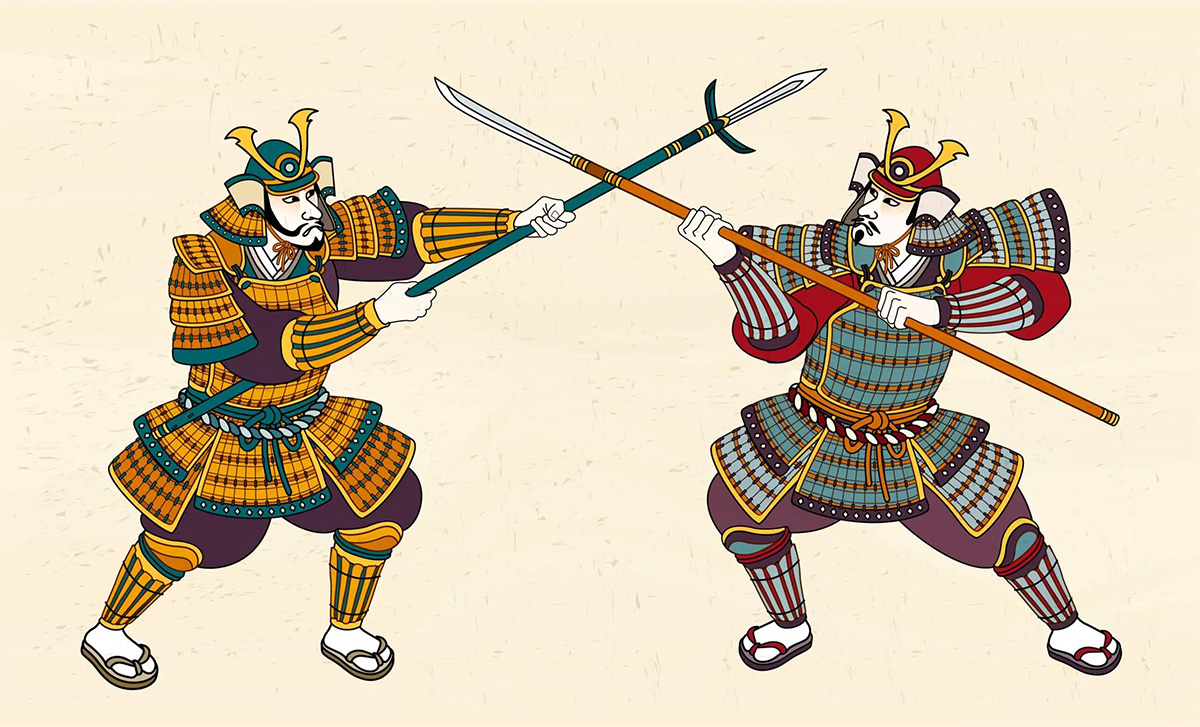Myths about japanese sword


The katana is undoubtedly one of the most famous swords in the world. It uses a curved single-edged blade, which has become synonymous with high-quality craftsmanship. However, there is a lot of misinformation on the topic of katana. In this article, we will debunk some of the most common myths about the Japanese sword.
1) There is no difference between Tachi and Katana
When referring to traditional Japanese swords with curved single-edged blades, the terms "tachi" and "katana" are often used interchangeably. Although they all have these blade characteristics, there are still some key nuances that distinguish them. For example, a samurai sword wears with its blade facing upwards, while a katana wears its blade facing downwards. The tachi is also longer and has a more prominent blade curvature.
2) Katana dedicated to the battlefield
The katana was the weapon of choice for Japanese samurai during the feudal period in the area. However, it is used for other purposes outside the battlefield. Many martial arts practitioners use katana in iajutsu, battojutsu, iado and ninjutsu. Katanas are even used in ceremonial ceremonies.
3) All traditional katana are equal
The quality of traditional Japanese samurai swords varies depending on many factors. The early Japanese sword-making process used mild steel to make samurai swords, which were of inferior quality. It was not until the advent of high-carbon steel called tamahagane that the samurai sword had the outstanding quality that is now known.
4) Katanas are only made by swordsmen
Although swordsmiths play the most important role in the making of traditional Japanese samurai swords, others are also involved in the process. For example, after the swordsmith forges the blade, the samurai sword is passed to another person for polishing and sharpening. In feudal Japan, polishing and sharpening usually required three or four weeks of work.
5) Katana can cut other swords
The katana is a powerful sword, but this does not necessarily mean that it can cut other swords. If another sword has a stronger blade, trying to cut it with a katana is likely to damage the blade of the katana.
6) All katanas are the same length
Finally, it is generally believed that all traditional Japanese samurai swords are the same length. Like all traditional Japanese swords, swordsmiths make samurai swords of various blade lengths, most of which range in length from 23 5⁄8 inches to 28 3⁄4 inches.
Discover the many attractive options available for Katana swords and custom swords.
Want a unique sword? Feel free to contact us:
Phone: 086 13739276006
Email: [email protected]
Website: www.hanbonforge.com
Custom Sword Page: www.hanbonforge.com/CUSTOM-SWORDS/Custom-Your-Own-Swords

Leave a Comment